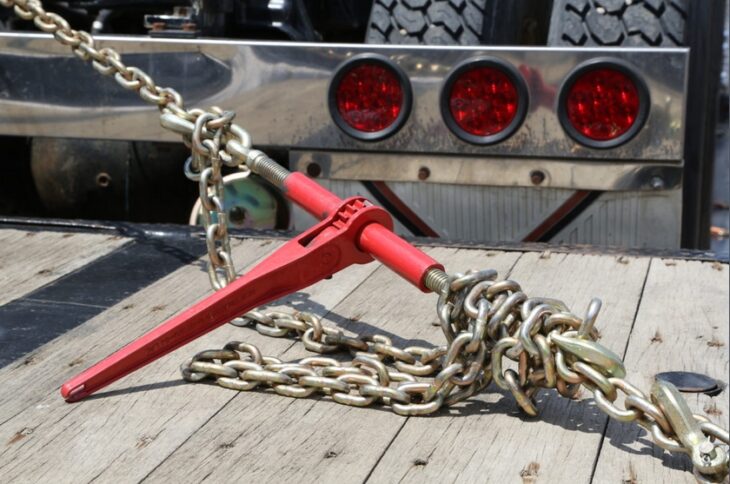
A Beginners Guide to Understanding and Using Load Binders
If you’re about to transport cargo that needs to be secured with chains, you might be wondering how exactly you’re going to secure the load. Experienced cargo dealers will easily point you in the direction of chain binders.
Commonly referred to as load binders, these nifty gadgets make it super easy to tighten chains and secure cargo during various stages of transport. If you’ve never used a chain or load binder, then this article is definitely for you!
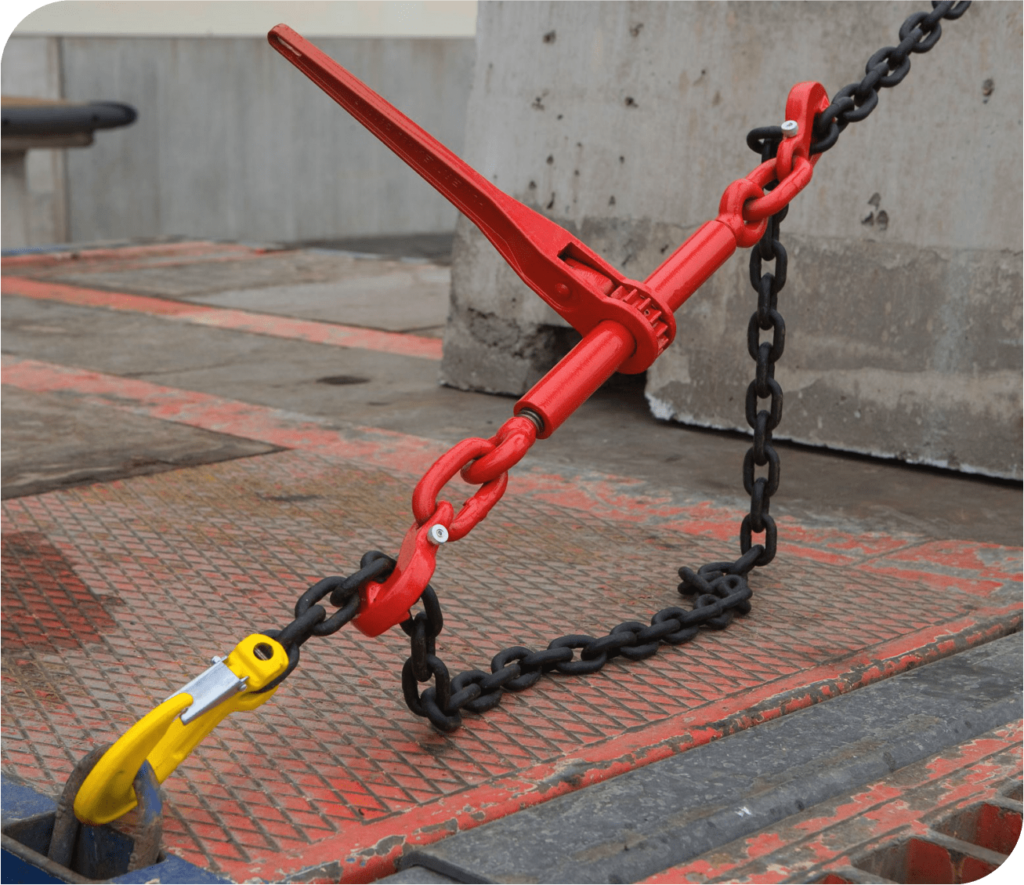
What Exactly Are Load Binders?
Chain binders, or load binders, are chain tensioning devices commonly used with chains to anchor heavy cargo loads. Since they’re commonly manufactured using forged steel they’re exceptionally durable and strong.
For the most part, they feature grab hooks or one of a variety of fittings on each end. The fitting you choose depends on the type of load you need to transport.
To make the transport process easier, load binders are available in a host of varied sizes, styles and load limits.
What Do You Use Load Binders For?
Generally, load binders are used when you’re transporting very heavy loads. An example of this would include moving heavy construction machinery. In these instances, a ratchet strap isn’t strong enough to keep the cargo safe and secured to the transport vehicle.
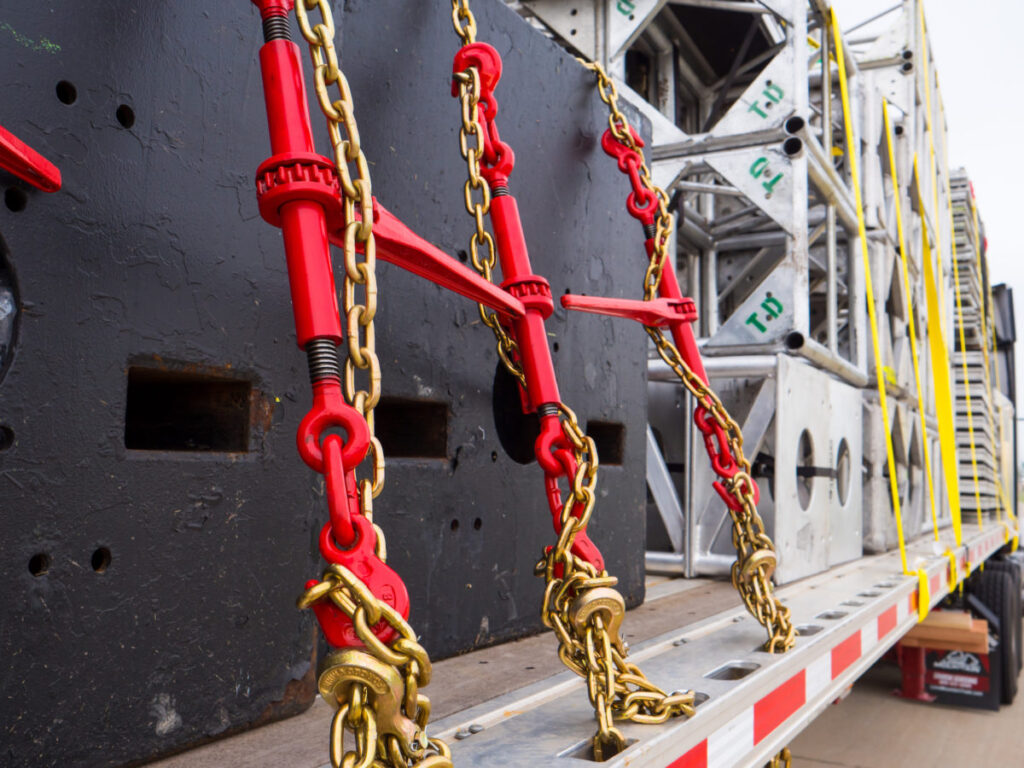
Common Types of Load Binders
Ordinarily, there are two common types of load binders to choose from – ratchet and lever. Here’s a breakdown of what differentiates the two.
Ratchet Load Binder
As the name implies, ratchet binders are designed to include a ratcheting mechanism. This ratcheting system creates enough tension in the chain to easily secure the load safely. This mechanism features two tension hooks, a cam and a handle. A prawl mechanism creates a smooth, ratcheting move to secure the chain.
Essentially, the lever and screw of the ratchet system work together to accelerate the force applied when the tie-down is being assembled. A handle means there’s less pulling force than you’d get through a lever binder.
Lever Load Binder
Lever load binders are the easiest tools to use when it comes to unloading your cargo. However, easiest doesn’t always mean safest. Many experts agree that this is a result of the built-up tension that gets freed when the binder is released.
Because lever binders store this energy in their handles, they require a great deal more pulling force. The added tension also makes it harder to tighten.
It’s important to consider various factors before you decide on the load binder for your cargo job.
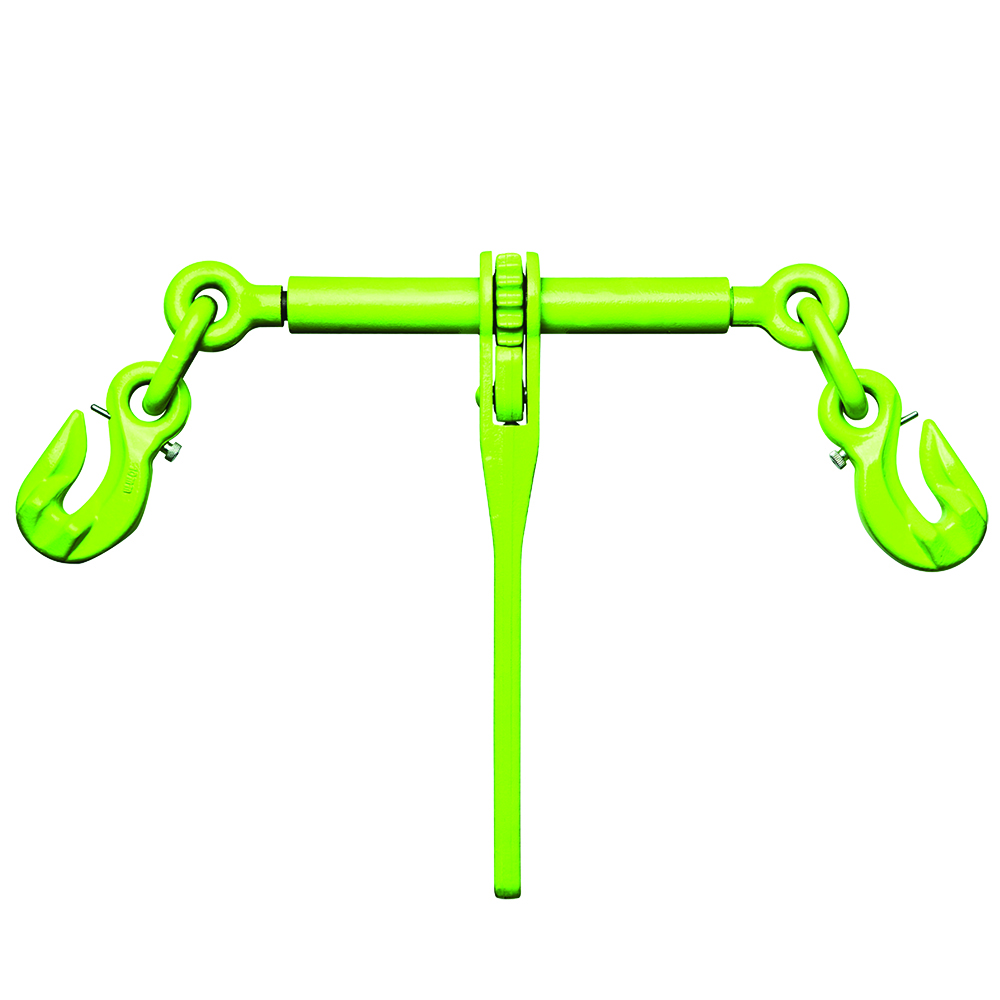
Steps to Securely Use a Load Binder
Using a load binder is easier than you may think. Also note, the basic principles for tying a lever and ratchet binder are similar. We’ve broken the process down into easy-to-follow steps.
- Open the load binder: Start by completely opening the load binder to its full extension. Hook the chain to the tension hooks on the load binder.
- Set the hook & anchor points: Hook one end near the cargo that needs securing. The other end hooks to the end of the same chain, but on the anchor point. It works best if you pull the chain as tightly as possible.
- Tighten the chain: To tighten the chain, pull the lever down and adjust as much as needed to secure the cargo. Tug at the chain to make sure it’s not loose.
- Check Attachments: If the chain is still loose after you have tightened it, you’ll need to reposition the binder attachment and attempt the process again. You can also loosen a link or two at the attachment point.
- Wrap: Once the links have been secured it’s crucial to wrap up and secure all the excess chain. Ensure that there aren’t any loose chains as they will slam into the cargo during transportation.
Additional Safety Tips to Consider
While load binders aren’t excessively big and attaching might seem simple enough, there are a few safety tips that make their attachment so much easier and safer:
- Only one person should operate the load binder at a time.
- Keep your feet on the ground when you’re tying the load and never climb on top of the load.
- Never lean over the binder as you’re attaching it. This will keep you safe in the event of the chain or mechanism coming loose or snapping.
- Make sure that you bind and unbind at a reasonably steady pace. Accidents happen when people rush.
- Always wear industrial gloves. They not only keep your hands safe, but also ensure you have a steady grip on the chain, binder and other components.
- Speak to your load restraint contractor about the cargo you need to tie down. They’ll provide you with the right load binders to get the job done safely and securely.
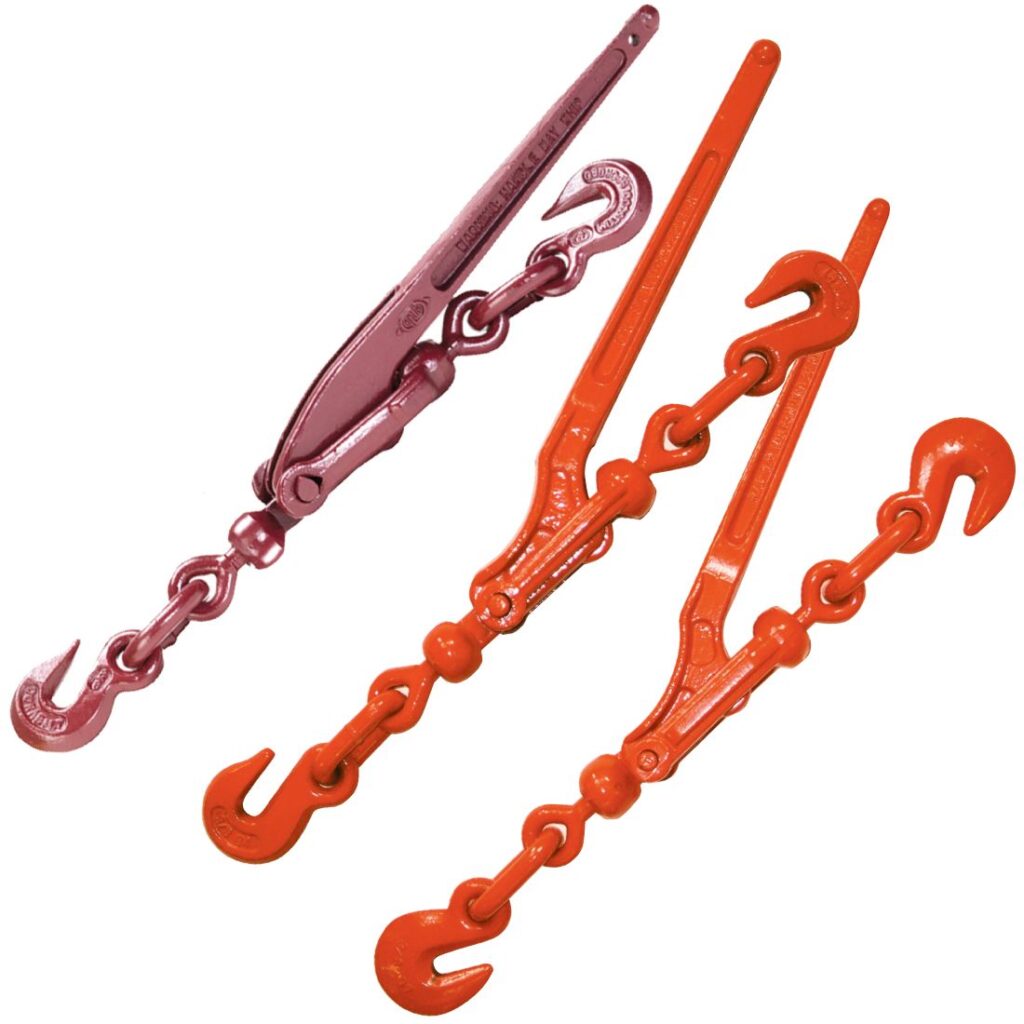
Final Thought
When it’s time to move large cargo, it’s essential to discuss the size and weight of your cargo with your load restraint specialist. This way you’ll end up with the right load binder to ensure a safe tie-down during transport from point A to point B.
Lastly, never take shortcuts! Invest in the right load binders to make the job easy, secure and safe.